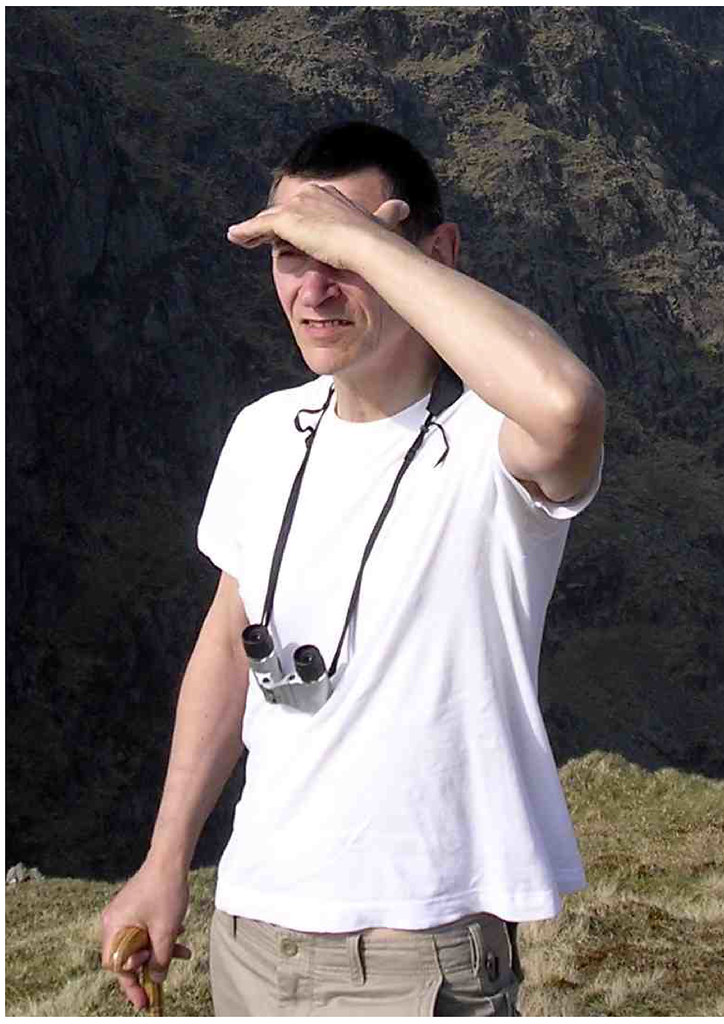I have done quite a bit of plain chemical etching of copper alloys and sterling silver, using ferric chloride/citric acid as the etching agent for the copper, and ferric nitrate as etching agent for the silver.
My preferred method however is to use electro-etching, with the object to be etched connected to the positive terminal of a 12v dc supply, and a stainless steel, silver or graphite cathode. In these cases, I use a series of 12v bulbs in parallel with each other as a controllable load.
In the case of electro-etching, the etching agency is a combination of the electric current and the liquid it is immersed in, the electrolyte. As a result, there are more options for the liquid than in the case of chemical etching.
At its simplest, the electrolyte could be distilled water - this conducts electricity to a negligible degree and hence the etch rate is negligibly small. But not zero - see my notes about colloidal silver. The next available option is to use a salt of the metal to be etched - copper sulphate in the case of copper alloys, and silver nitrate in the case of sterling silver. Not only do these work well, they have the terrific advantage of not being sufficiently corrosive to damage the usual resists used in etching. Unfortunately, silver nitrate is hugely staining of skin and just about everything else, especially after exposure to sunlight!
However, being the impatient type, I am usually interested in getting the fastest and most accurate etch, so I experiment now and again with different electrolytes. This has included using the aggressive chemical etch solutions mentioned above, augmented with the electric current.
The most recent experiment was etching copper using copper chloride solution, augmented with hydrochloric acid and hydrogen peroxide. Copper doesn't normally dissolve in hydrochloric acid unless there is dissolved oxygen present; this requirement is met very well by adding the peroxide, which enables rapid dissolution of the copper. It has the advantage of being a clear liquid (apple green in colour) unlike the ferric chloride-based solutions which are murky and completely opaque. The disadvantage is that the liquid would be expected to be somewhat more corrosive to the resist.
At any rate, I let a piece of copper, about 20 x 80mm, protected on the rear and sides with nail varnish as a resist, and the same for a design on the front, etch for around an hour. The results were very satisfying with an etch of around 0.5mm, though with quite a bit of break-through of the resist. Also, since I had no means at the time to provide agitation, there was a ripple pattern in the etched metal, somewhat reminiscent of (and perhaps related to) the ripples left on a beach by the receding tide.
2007-10-27
Etching with peroxide
Posted by
Paul Jelley
at
20:42
![]()
![]()
Labels: chemical etching, copper, electro-etching, etching, silver
Subscribe to:
Post Comments (Atom)


1 comment:
Does that mean my ring's nearly ready then?
Love Heather
Post a Comment